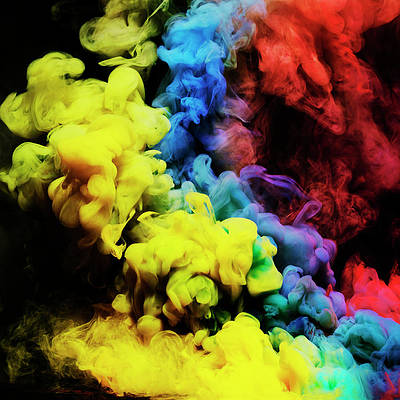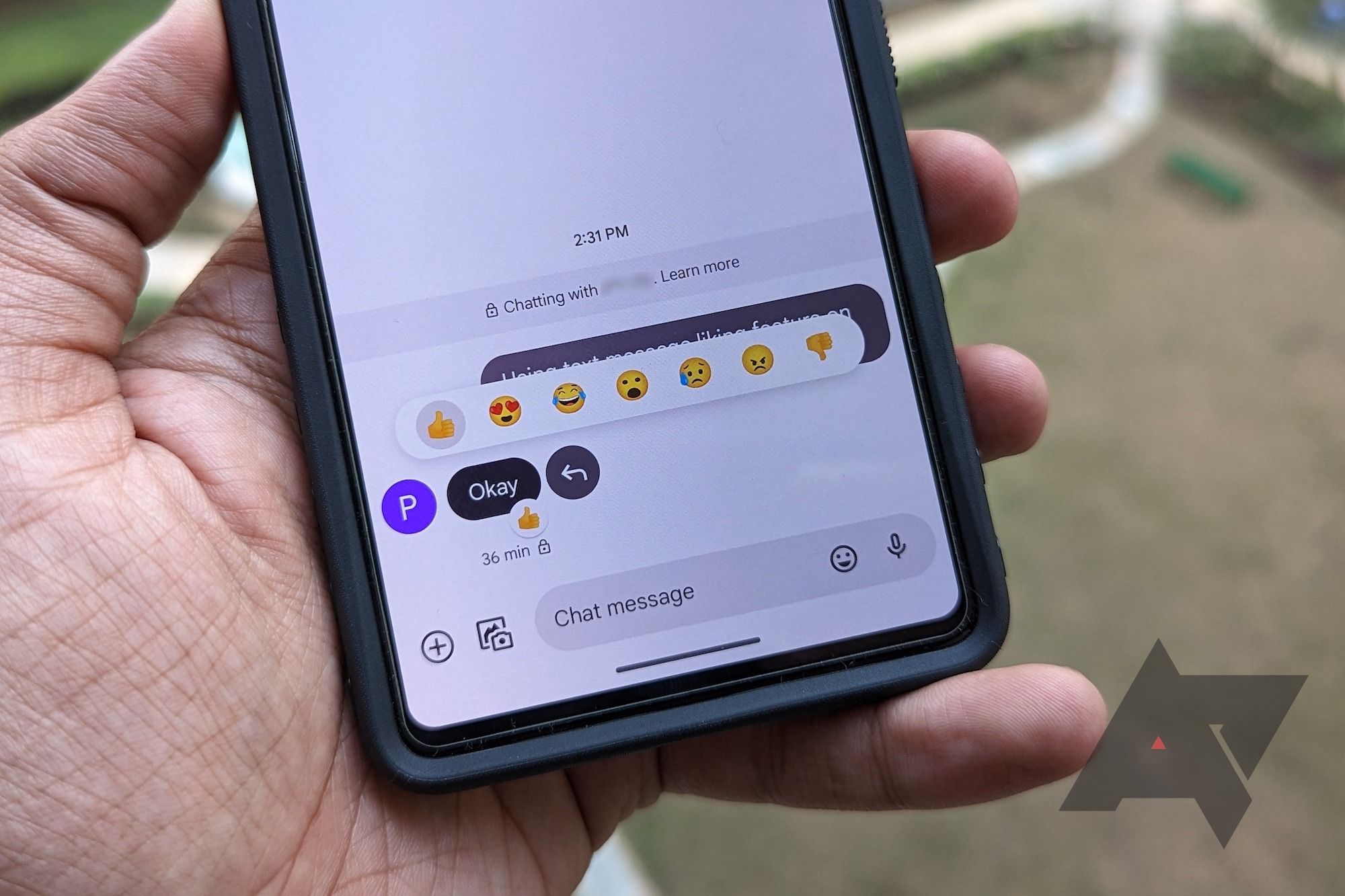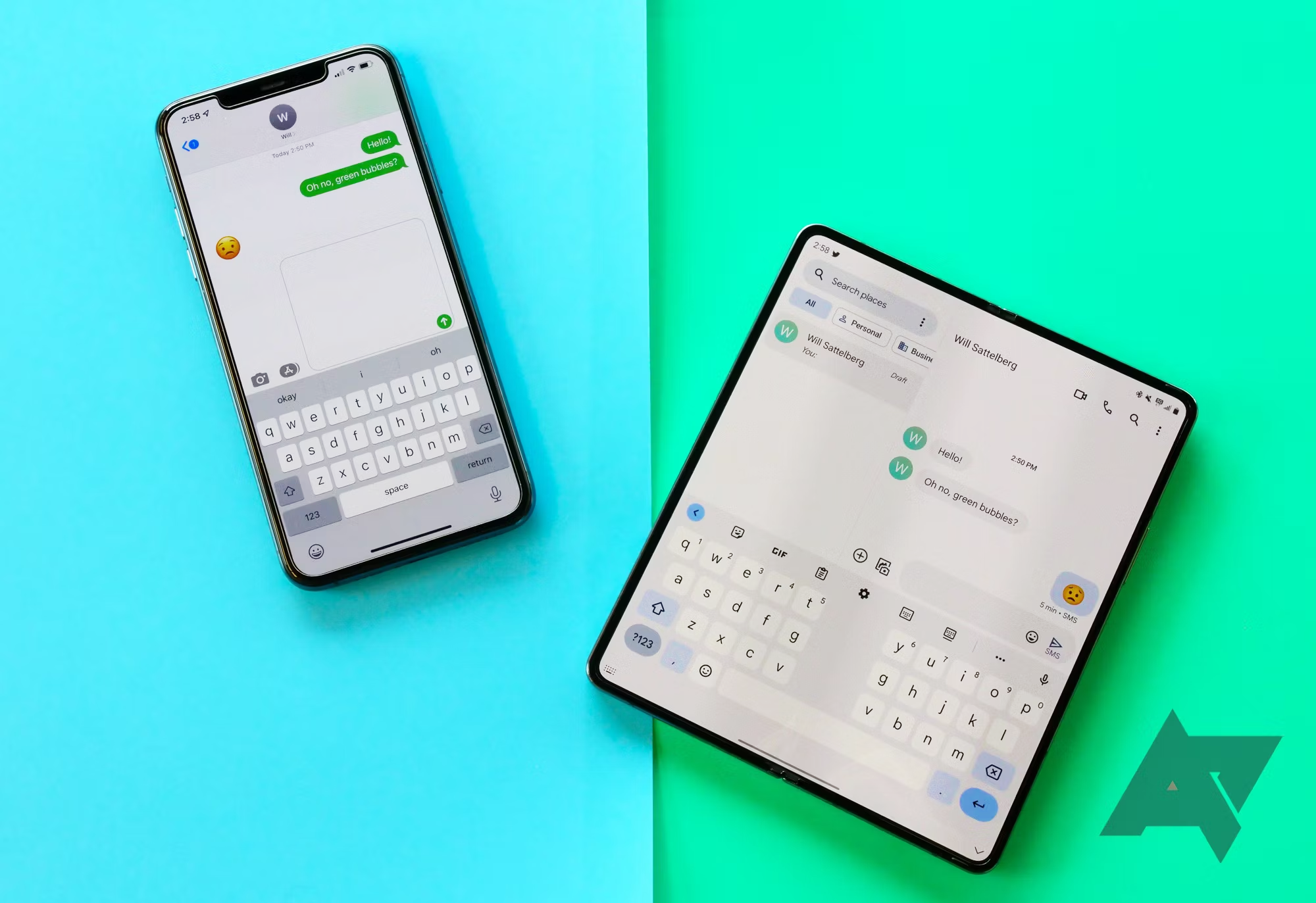No matter what smartphone you own, you’ve probably thought a lot about messaging lately. Whether it was Google’s Get the Message campaign, Apple finally announcing planned support for RCS, or all of those unofficial iMessage clients on Android, the simple act of mobile communication has been surprisingly controversial. If you’re frustrated over the current state of messaging in the US, I’m here to tell you exactly who you can blame: Simon Cowell.
Stay with me. Anyone who watched American Idol during its heyday — or, really, anyone who was around for its era as a cultural juggernaut — likely remembers that voting primarily took place over texting. What you might not remember 20 years on, though, is that texting wasn’t the original default way to place your votes. It came by way of a partnership with AT&T, one that changed how people in the US used their phones forever. Follow me down this very serious, not-silly-at-all rabbit hole and find out exactly why we’re all stuck in today’s messaging hell.
American Idol convinced a nation to text
It’s hard to remember, but voting for your choice in American Idol via text message only arrived in the second season of the show. In season one, all public voting was conducted through a toll-free hotline available for a few hours after the show aired. When AT&T joined as a sponsor for the show’s second season — a true smash success that cemented the reality show as one of the most popular in television history — it was the gateway to texting for millions of people in the US.
That’s no exaggeration. Although plenty of AT&T’s press releases from that 2002-2003 season are lost to time, you can still find comments from those early years of American Idol. In 2004, right as Fantasia Barrino was crowned the winner of season three, Andre Dahan — then-president of AT&T’s Mobile Multimedia Services — declared American Idol “the seminal event that got mainstream America text messaging.”
The numbers back him up. In 2000, the average US adult was sending just 35 text messages per month. That’s about one a day, presumably asking for the recipient to call them on their cell phone. American Idol, though, managed to draw in 7.5 million text message votes in its second season, just from the semi-final performances onward. And in 2004, right as AT&T was celebrating its success with the show, the carrier also highlighted that more than 40 percent of voters had never sent a single text message before Idol.
Naturally, this meant every cellular provider had to try their hand at sponsoring a successful television program. Virgin Mobile followed suit with a special category at the MTV Movie Awards, while Cricket Wireless had Survivor viewers voting for a second fan-picked winner from Survivor: All-Stars (it was Rupert, obviously). And American Idol’s messaging success even extended beyond reality TV, directly inspiring text-to-donate relief efforts in the aftermath of Hurricane Katrina.
Of those three shows alone, Idol and Survivor had between 25 and 28 million viewers tuning in for their respective finales, while MTV pulled another 10 million for its awards. Even accounting for shared audience members between all three programs, it’s a huge group of people being persuaded to pull out their phones.
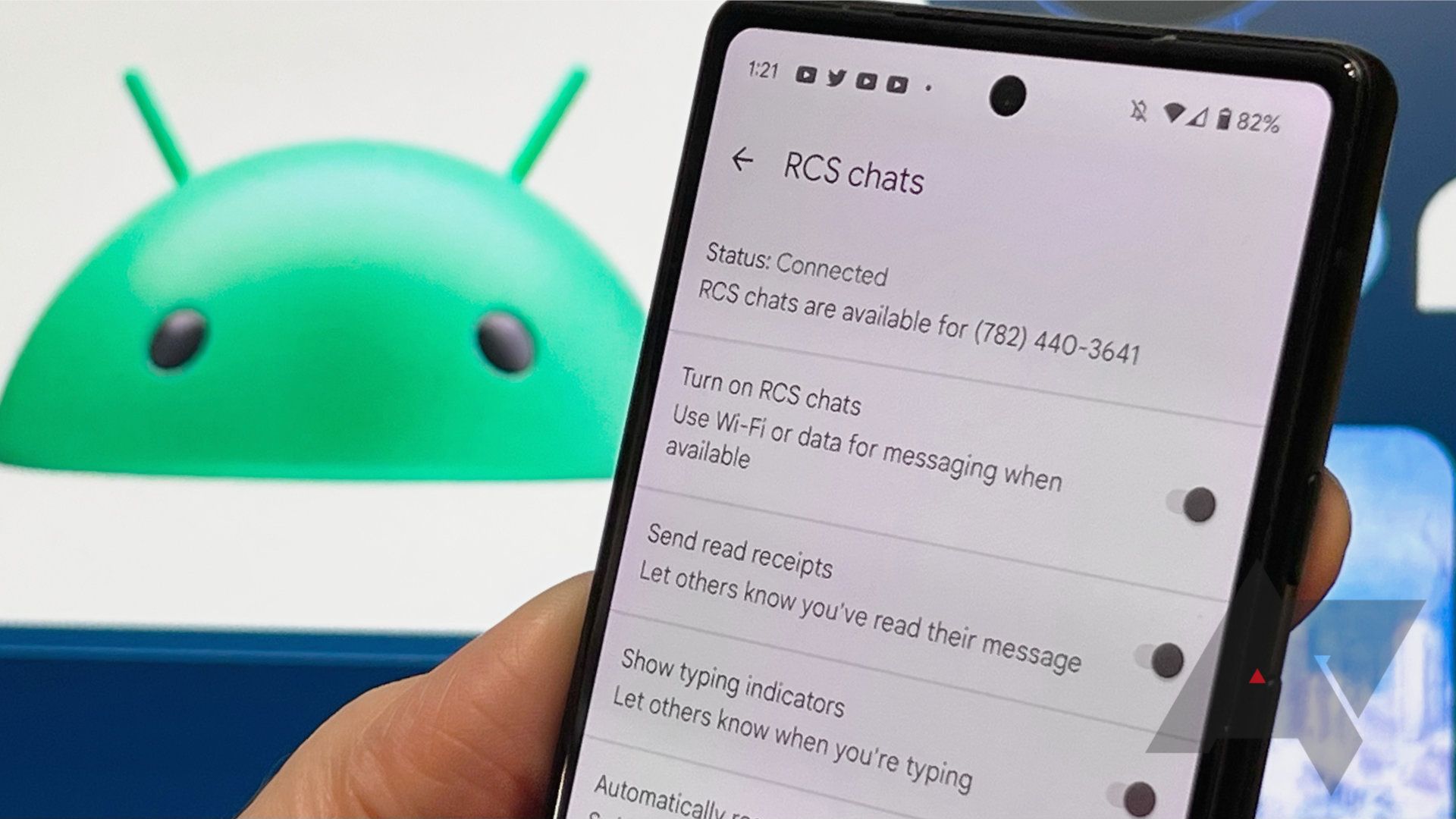
What is RCS chat? The text-based messaging protocol explained
RCS messaging just might be the way of the future
Unlimited texting came at a price
It can’t be understated just how successful these campaigns were at pushing people to text. By 2008, just as the modern smartphone era was beginning to blossom, AT&T and Fox announced more than 78 million votes had been cast via text message. In less than a decade, these carriers had utilized partnerships with fan-favorite programs to turn America into a text-first society. Phone calls were on their way out, and sliding QWERTY keyboards were in.
But remember: texting wasn’t free. Sending and receiving messages could cost as much as ten cents each direction, and even when you’re stuck slowly typing on T9 keypads, that gets expensive fast. In response to the demand they created, US carriers swept in with the best deal imaginable: unlimited texting for an additional fee per month. By 2007 — mere weeks before the original iPhone hit store shelves — Verizon and AT&T were in the midst of rolling out competing texting plans, all while Cingular made advertising history with its optional add-on package.
So where does iMessage come into all of this? Well, thanks to those unlimited texting plans, SMS alternatives like WhatsApp didn’t catch on the way they did in regions like Europe, where texting remained an expensive proposition. So when Apple launched its iOS-exclusive messaging protocol in 2011 alongside iOS 5, it wasn’t seen as a late competitor to the scene. In the US, it effectively acted as a free upgrade to texting designed exclusively for iPhone owners — especially when you consider how iMessage relies on the same phone number everyone was already used to using for SMS.
Tracking the success of Apple’s service was easy. In 2012, just a year later, SMS was on the decline in the US, with iMessage held up as one of the reasons for the shift. It turns out Americans did want an alternative to carrier-based texting — they just wanted it from Apple and various social networks, not WhatsApp.
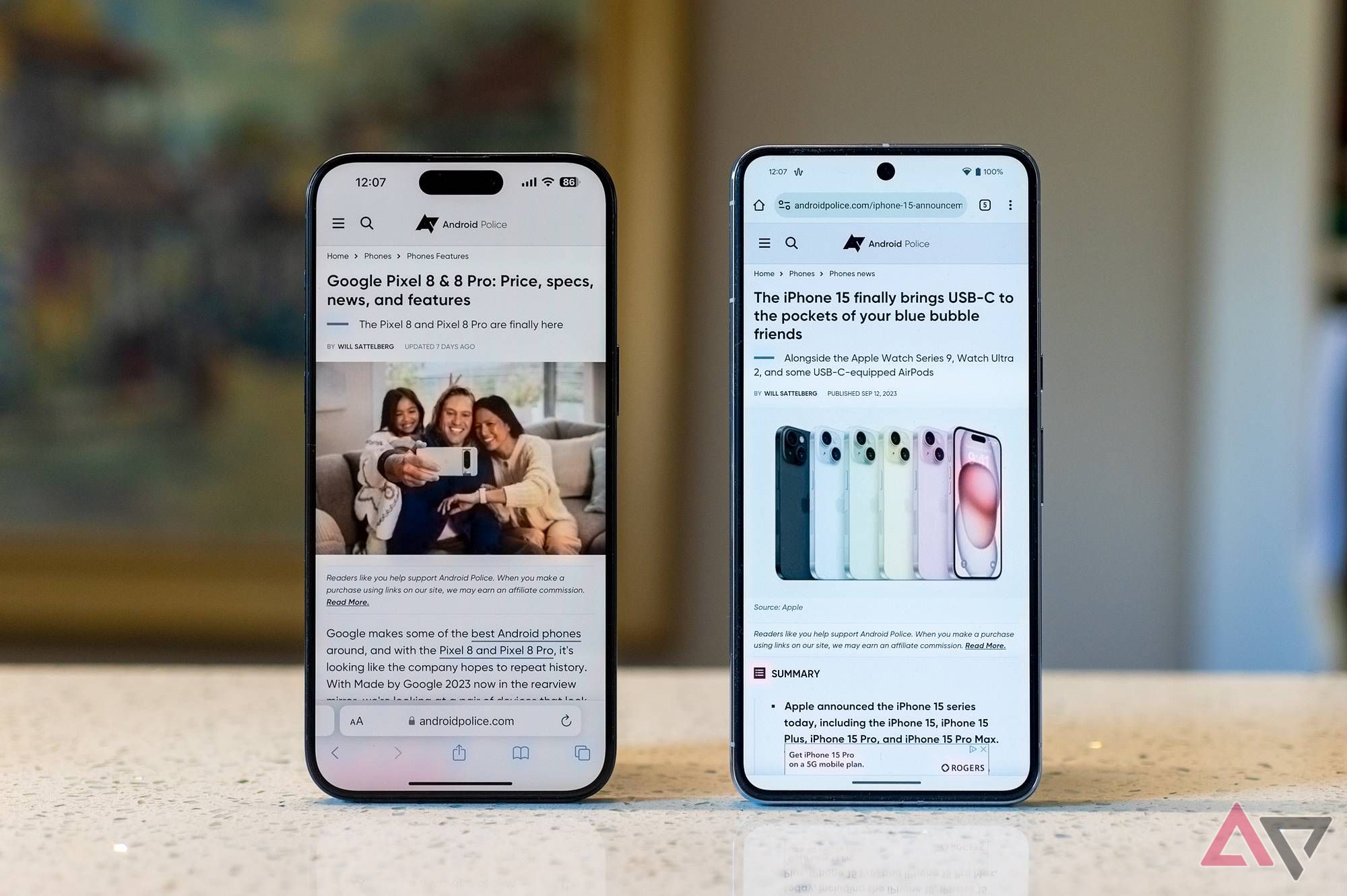
Why Apple finally decided to adopt RCS on iPhone
Google’s #GetTheMessage campaign failed to persuade Apple. It doesn’t matter
Fast-forward a decade-plus later, and it’s easy to see how we got to our current messaging apocalypse. Google spent years floundering in response before finally cementing RCS as the obvious iMessage alternative Android users in the US deserved, but by then, it was a little too late to catch on in the same way as Apple’s service. Ironically, we might have the EU to thank for the iPhone’s upcoming RCS support — it’s a move almost certainly designed to get in front of any unwanted regulation.
One little sponsorship changing messaging forever
Is it a big leap to lay the blame at the feet of American Idol? I mean, yeah, obviously. But if it wasn’t for that early AT&T partnership, just think about how many fewer text messages would’ve been sent in the mid-2000s. In that alternate world, maybe US carriers would have followed the footsteps of their European counterparts, limiting the amount of messages that can be sent in a single month without racking up a massive bill. Perhaps the lack of interest in SMS leads to a total disinterest in unlimited texting plans, causing WhatsApp to blow up stateside just as it did in Europe.
We’ll never know. For now, though, the next time someone gives you guff over what color text bubbles appear on their phone, tell them it’s not your fault. It all comes back to Randy, Paula, and, of course, Simon Cowell.
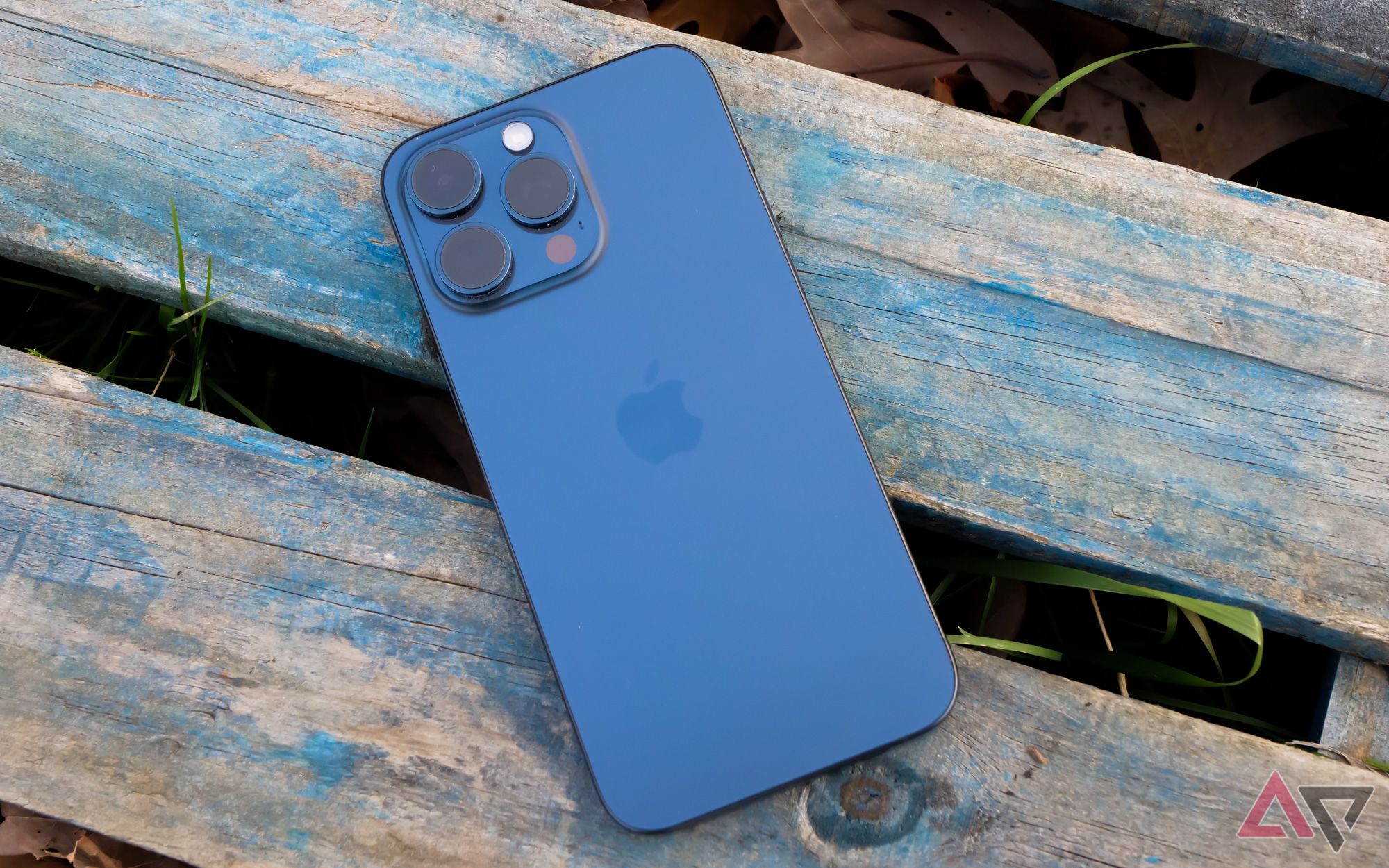
Android isn’t cool with teenagers, and that’s a big problem
Nearly 9 in 10 US teenagers use an iPhone, spelling disaster for Google’s mobile future



